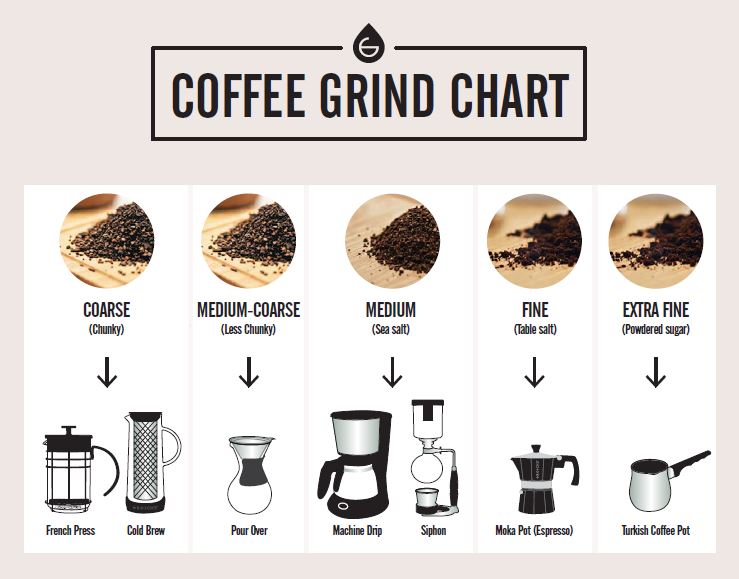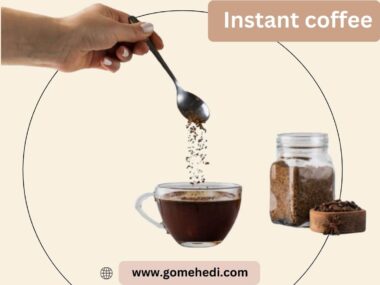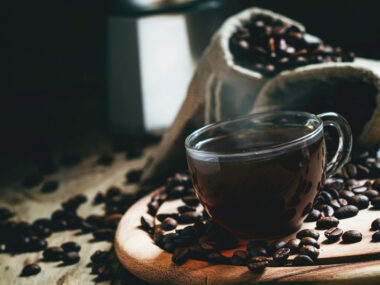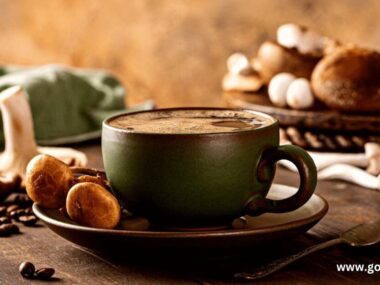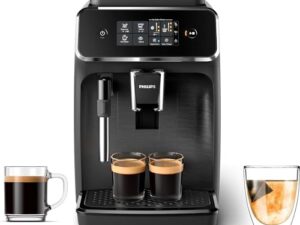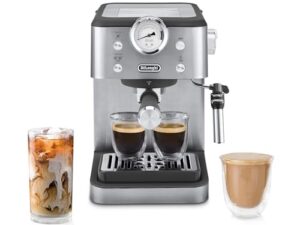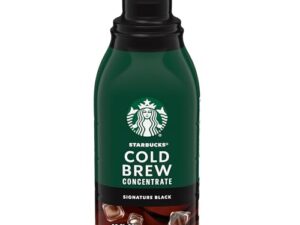If you want the perfect cup of pour over coffee, getting the grind size right is key. Too coarse, and your coffee will taste weak and watery.
Too fine, and it might turn bitter or clog your filter. You might be wondering exactly how fine to grind your coffee for pour over to unlock the best flavors every time. In this post, you’ll discover simple tips that help you dial in the ideal grind size.
With just a few tweaks, your morning coffee can taste richer, smoother, and more balanced. Keep reading—you’re about to upgrade your coffee game like never before.
Choosing The Right Grind Size
Choosing the right grind size is key for a perfect pour over coffee. It affects the taste, strength, and clarity of your brew. The grind size controls how fast water flows through the coffee grounds. Too coarse or too fine can spoil the flavor. Understanding grind size helps you brew coffee that suits your taste. Let’s explore the details of grind size and its effects.
Importance Of Grind Consistency
Consistent grind size means all coffee particles are similar in size. This helps water extract flavors evenly. Uneven grind causes over-extraction or under-extraction. Over-extraction makes coffee bitter. Under-extraction makes it sour or weak. A uniform grind leads to balanced and smooth coffee. Using a good grinder improves consistency.
Coarse Vs Medium Vs Fine Grinds
Coarse grind looks like sea salt. It slows down extraction and suits cold brew or French press. Medium grind is like sand. It works well for drip coffee makers and pour over. Fine grind is similar to table salt. It speeds up extraction and fits espresso or Aeropress. For pour over, medium to medium-fine grind is best.
Impact On Extraction
Extraction is the process of dissolving coffee flavors into water. Grind size affects how fast water passes through coffee. Coarse grind lets water flow quickly. This causes under-extraction and weak coffee. Fine grind slows water flow. It can cause over-extraction and bitterness. Medium grind balances extraction time. It brings out the best flavors in pour over coffee.
Grind Size And Brewing Time
Grind size plays a key role in pour over coffee brewing. It affects how fast water flows through the coffee grounds. This changes the brewing time and the flavor of your coffee. Understanding the link between grind size and brewing time helps you get the best cup every time.
How Grind Affects Brew Duration
Coarse grounds let water pass quickly. This shortens the brewing time. Fine grounds slow down water flow. This makes brewing take longer. Too coarse, and your coffee tastes weak. Too fine, and it can taste bitter or over-extracted. The grind size controls how long water and coffee stay together.
Adjusting Grind For Optimal Timing
Adjust grind size to change brew time. If your coffee brews too fast, try a finer grind. If it brews too slow, try a coarser grind. Aim for a brewing time between 2.5 and 4 minutes. Keep testing and adjusting. Small changes in grind can make big differences in flavor.
Tools For Grinding Coffee
Grinding coffee is key to making great pour over coffee. The grind size affects the flavor and extraction. Choosing the right tool for grinding helps control the grind size. This makes a big difference in taste. Understanding your options helps you pick the best grinder.
Blade Vs Burr Grinders
Blade grinders chop coffee beans with a spinning blade. They are usually cheaper and easy to find. The grind can be uneven, causing inconsistent coffee taste. Small and large pieces mix together, which affects brewing.
Burr grinders crush beans between two rough surfaces. They produce uniform grind sizes. Consistency helps the coffee extract evenly. Burr grinders come as manual or electric models. They are better for pour over coffee.
Recommended Grinders For Pour Over
Manual burr grinders give good control and fine grind settings. They are quiet and do not need electricity. Electric burr grinders save time and are easy to use. Look for grinders with adjustable settings for fine grind.
Popular manual grinders include the Hario Skerton and Porlex Mini. Electric options like the Baratza Encore are well-liked for pour over. Choose a grinder that fits your budget and brewing style. A good grinder improves your coffee every day.

Credit: batchcoffee.co.uk
Testing And Adjusting Grind Size
Testing and adjusting your coffee grind size is key for a great pour over. The grind affects how water flows through the coffee and how flavors develop. Small changes can make a big difference in taste.
Start with a medium-fine grind. Brew a cup and observe the taste and brewing time. Adjust the grind size based on what you notice. This process helps find the best balance for your coffee.
Signs Of Over-extraction And Under-extraction
Over-extraction happens when coffee tastes bitter or harsh. The water pulls too many compounds from the grounds. The brew time is usually too long or the grind too fine.
Under-extraction makes coffee taste sour, weak, or watery. The water does not extract enough flavors. This occurs when the grind is too coarse or the brew time is short.
Tasting To Find The Perfect Grind
Taste your coffee after each brew. Note if it feels too bitter or too sour. Adjust the grind size slightly finer if the taste is sour. Make it coarser if the taste is bitter.
Keep testing until the coffee tastes balanced and smooth. This method helps you find the perfect grind for your pour over.
Tips For Consistent Grinding
Consistency in grinding coffee is key to a great pour over. It helps extract flavor evenly and avoid bitterness or weak taste. Small changes in grind size or dose can change the coffee’s taste a lot. Follow these tips for steady results every time.
Measuring Coffee Dose
Use a digital scale to measure coffee dose accurately. Avoid guessing with scoop sizes. Even a small difference in coffee weight affects flavor. Weigh the beans before grinding for precise control. This helps keep taste consistent from one brew to the next.
Grinding Fresh For Each Brew
Grind coffee just before brewing for best flavor. Ground coffee loses aroma and taste quickly. Grinding fresh preserves the natural oils and flavors. Avoid grinding large amounts ahead. Fresh grind means a cleaner, richer cup every time.
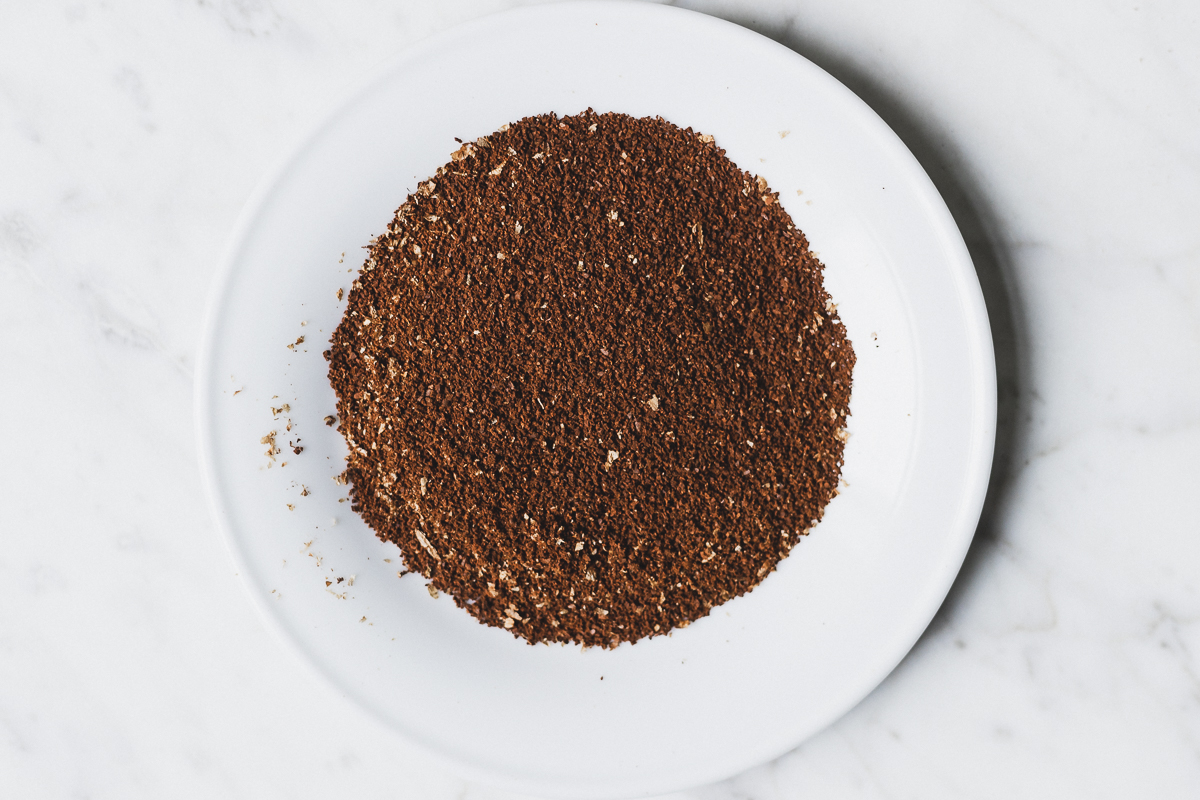
Credit: prima-coffee.com

Credit: www.astordigitech.com
Frequently Asked Questions
What Grind Size Is Best For Pour Over Coffee?
A medium-fine grind works best for pour over coffee. It allows optimal water flow and extraction. This grind size balances flavor and brewing time perfectly.
How Does Grind Size Affect Pour Over Taste?
Grind size impacts extraction and flavor intensity. Finer grinds create stronger coffee, while coarser grinds produce lighter taste. Adjust grind size to match your preferred strength and clarity.
Can I Use A Coarse Grind For Pour Over?
Using a coarse grind for pour over is not ideal. It causes under-extraction, resulting in weak and sour coffee. Stick to medium or medium-fine grinds for better results.
Why Should Grind Size Be Consistent In Pour Over?
Consistent grind size ensures even extraction and balanced flavor. Uneven grinds cause over or under-extraction, leading to bitter or weak coffee. Uniform grind is key for quality pour over.
Conclusion
Choosing the right grind size makes a big difference in pour over coffee. A fine grind helps water extract flavors well and creates a balanced taste. Too fine or too coarse can change how your coffee tastes. Experiment with your grinder and adjust until you find what suits you best.
Enjoy the process and the fresh, tasty coffee you make at home. Small changes lead to better coffee every time. Keep grinding and brewing with care.
